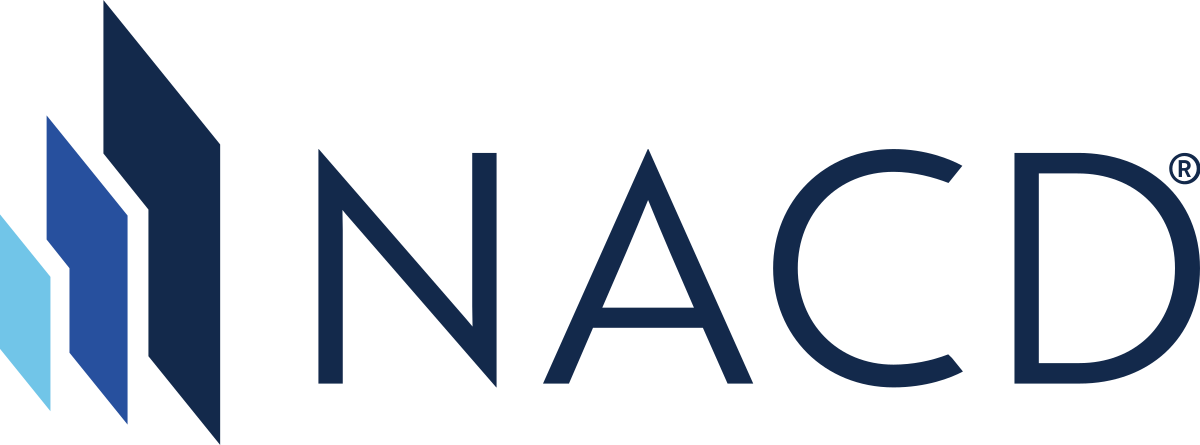Governance Surveys
Directorship Magazine
Mike Lorelli was a PepsiCo president, twice, followed by five private-equity CEO engagements. He serves on several boards, including NACD’s Connecticut Chapter. Reach him at MKLorelli@gmail.com.
Related Content
{Optional Description}



